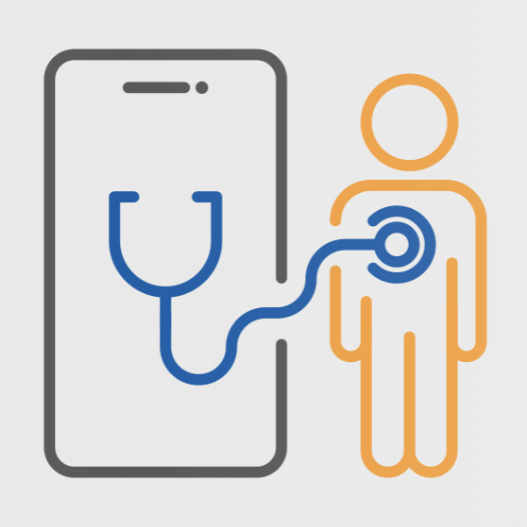
WHAT DOES A POST COVID-19 WORLD LOOK LIKE FOR DOCTORS?
As states open up and restrictions lessen, physician offices are starting to return to somewhat normal schedules. Most of my clients report steady increases in patient volumes. Some approaching pre-COVID levels. This begs the question, what are things going to look like 6 months or even a year from now.
While we can’t be completely sure what the future will bring it is safe to say that it’s not likely to look exactly like 2019. If we assume no major fall outbreak of Covid-19 that would cause states to shut down again, we can paint a pretty good picture of what the future looks like for physicians.
Let me jump right to the heart of the matter. It is extremely unlikely that things return completely back to normal. It’s also unlikely that the average physician’s income in 2021 will be as much as it was in 2019. For some doctors the income of 2019 may be a high-water mark. Now, this isn’t a forgone conclusion and much of your future depends on what you do today and how you adjust to new market factors. Here are the top three reasons why the future will look different than last year and how it may impact your practice.
- It’s the Economy Stupid! In 1992, James Carville talking to campaign staff for the soon to be President, Bill Clinton, uttered the profound and prophetic statement, “It’s the economy stupid”. He was right then and would be right today. The biggest thing reason things will be different in the future is the economy. Covid-19 dealt a crushing blow to the US economy and one that will be felt for several years. We are going to be dealing with high unemployment and a frightened workforce for some time. You simply don’t recover from this kind of event overnight. For doctors this means a shift in payer mix as some patients that were covered by insurance yesterday will have Medicaid or no insurance tomorrow. With high unemployment more patients will have a hard time paying their portion of the health care bill. These factors will reduce the average revenue per patient seen. This means that even if you return to 2019 volumes your revenue is likely to be less than it was in 2019.
- The genie is out of the bottle and it’s unlikely we will be able to put him back in. Consumers have had a taste of Telehealth visits and they are going to demand at least some access to this service going forward. This brings about two challenges for physician practices. The first is can you efficiently and effectively deliver this service. If 20% of your visits convert to Telehealth you need to find a way to reduce your expenses accordingly. That’s because your second challenge will happen when the payers decide how and how much they are going to reimburse for telehealth. You can rest assured that when the Covid-19 crisis is over the payers are going to cut the reimbursement for this service. So, if you convert 20% of your visits to telehealth at reduced reimbursement and don’t reduce your expenses your physician incomes will suffer for it.
- The last thing that could impact physicians in a post COVID world is the upcoming election. The combination of the pandemic, a suffering economy and a federal budget that will be bleeding red ink like a stuck pig might create the perfect storm for health care reform. Don’t get me wrong, we need health care reform. We need to fix our current system. My point is that the Federal Government has a long track record of screwing things up and if done wrong health care reform could be done at the expense of physicians and physician incomes. Every practice should be looking at plans and options of what they would do if health care reform significantly impacts your revenues.
While these are daunting challenges there are some bright spots among the clouds. We will still need health care in 2021. That’s not going away any time soon. The challenge for doctors looking into the future is to make sure your practice is ready and in a better position than others to respond to the changes that 2021 will bring. The doctors that do that will not only survive but will thrive. Those that don’t will find a rough road ahead.
Many years ago, I was in New York City with a group of friends. We got a little lost and found ourselves walking in an area at night that made us all a little nervous. I started looking at my friends very closely. One of them asked what I was doing. “I’m trying to figure out if I can run faster than any of you guys. You see, I only have to be faster than one of you.” In some ways that is what medical groups face in the future. You don’t have to be perfect, but you are going to have to be better than your competition.
Written by Fulcrum Strategies
